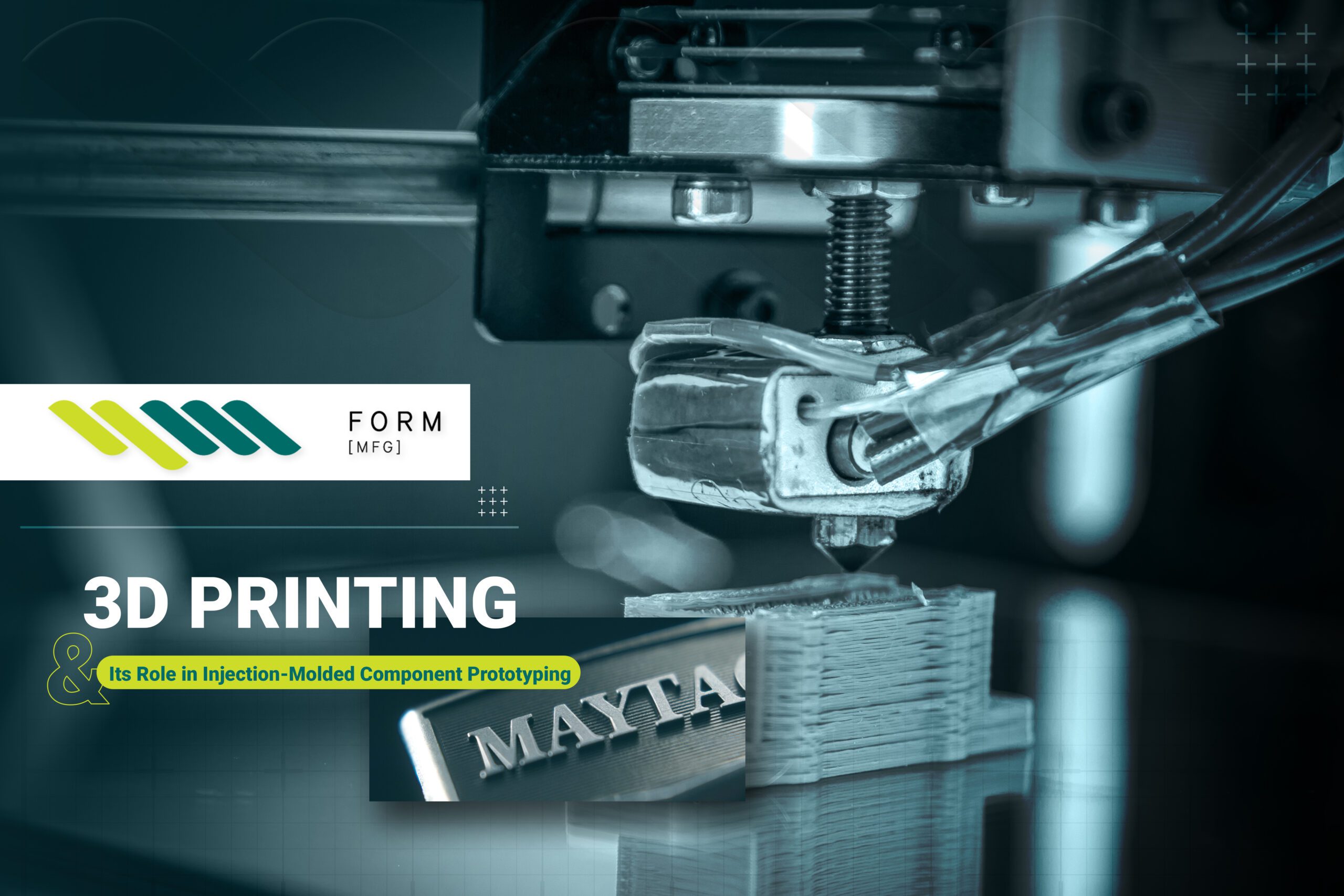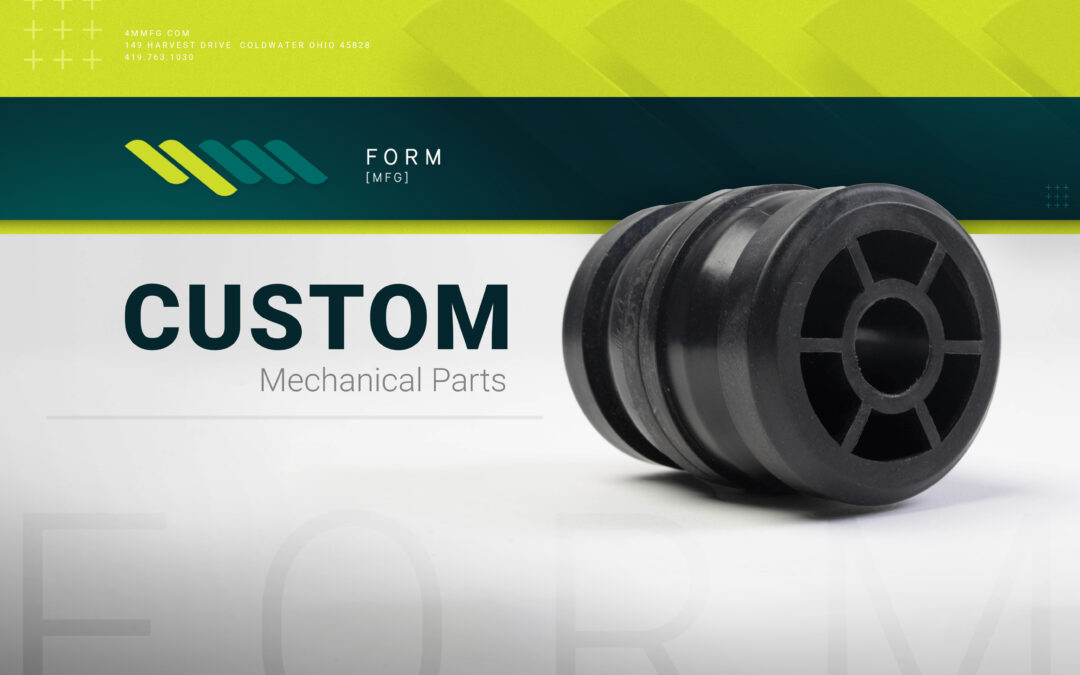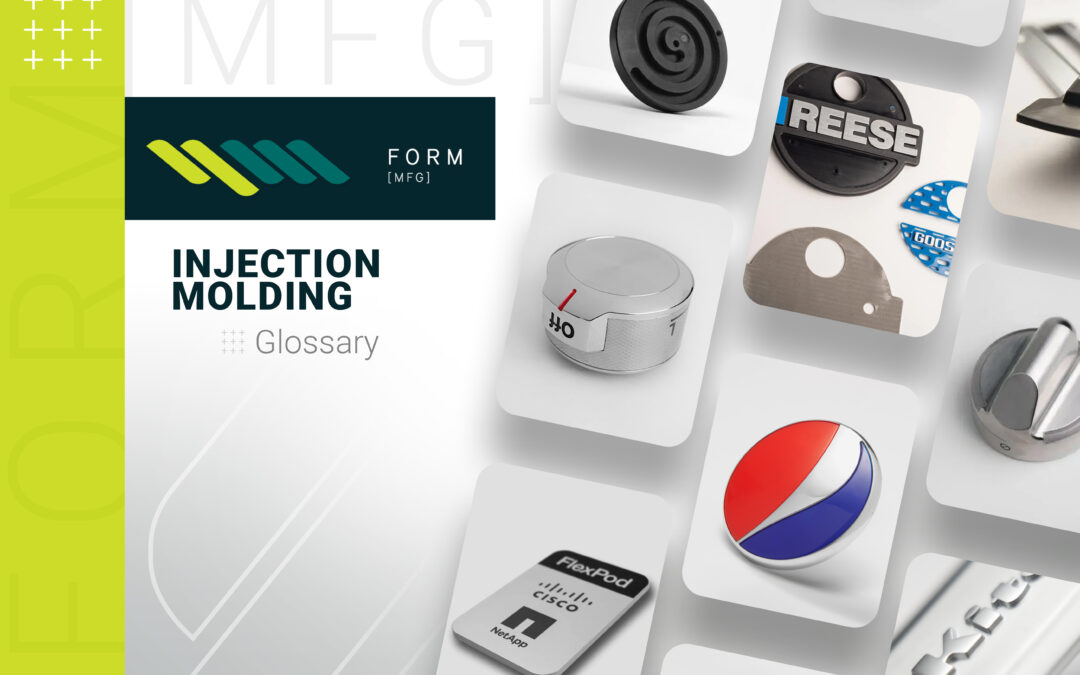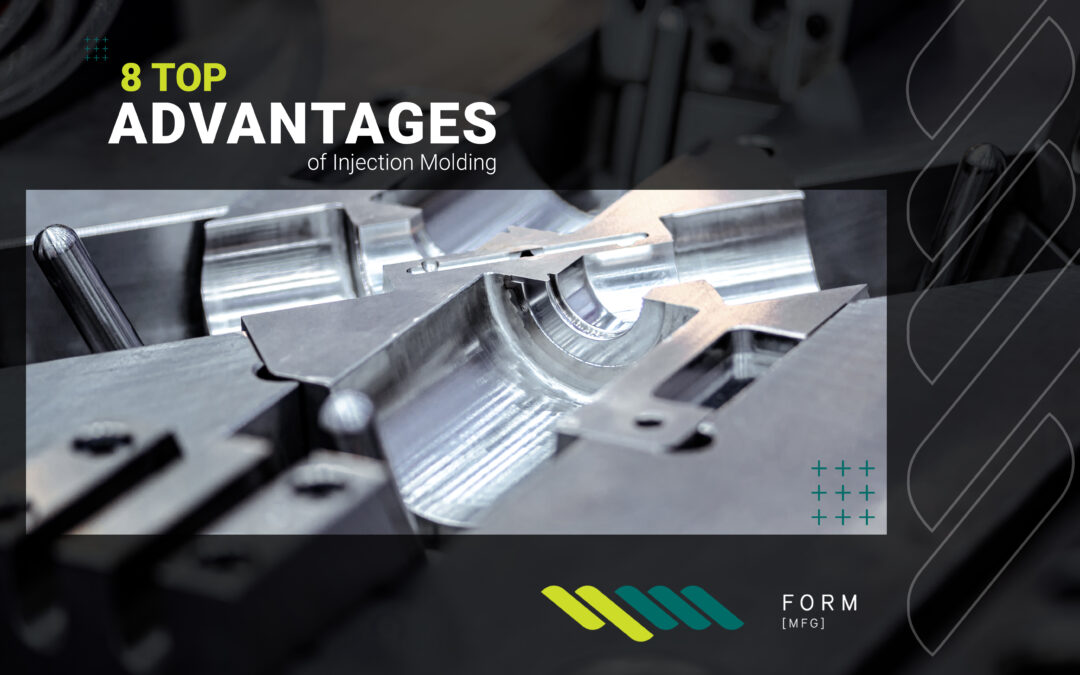How 3D Technology Benefits the Pre-Production Stage of Component Manufacturing
For the longest time, the term “3D” would typically call to mind blockbuster action movies shown in immersive, lifelike three dimensions. Meanwhile, the word “printer” would almost always be used to describe the bulky machines that print two-dimensional images on paper when they’re not jammed or broken down.
Flash forward to today and the two terms have come together to describe an exciting, relatively recent technology that has revolutionized manufacturing — 3D printing.
What is 3D Printing?
Utilizing computer-aided design (CAD), a 3D printer is used to construct three-dimensional objects via a dispenser that flows back and forth printing out layers of malleable building material such as plastic. Thanks to rapid advancements, modern 3D printers are able to “print out” practically any object, from furniture and footwear to tools and car parts. This has made it an increasingly popular solution for computer-aided manufacturing (CAM) for a vast array of applications in practically every industry, including automotive, robotics, medical, and consumer goods.
With its automated ease and speed, 3D printing now plays a substantial role in the preproduction stage of high-quality injection-molded components — from functional parts like bushings and bearings to decorative touches such as badges and emblems. Offering a number of benefits including increased efficiency and the ability to create intricate parts in large quantities, injection molding is a manufacturing process for producing parts by injecting molten material into a mold.
While 3D printing offers a host of great benefits when manufacturing components, it’s important to work with experts who know how to utilize the technology to ensure a seamless experience. Form Marketing has always been at the forefront of innovation and that includes offering 3D technology to ensure you have the cutting edge on your competition. Reach out to us today for a quote and to discuss your project.
6 Benefits of 3D Printing
These are some of the top benefits that 3D printing can bring to your next project:
1. Rapid Prototyping
After the design of a component is CAD-created, quality prototyping involves replicating the design through the printer to build an initial version of the product to allow you as the customer to see, touch, and test it in order to ensure its effectiveness before investing in the project and putting it into mass production.
Just like a paper printer, the automation of 3D printing allows for quick copies of the original CAD/CAM file. Likewise, when a component is 3D scanned, the resulting file can be used over and over to quickly print out an identical copy (unless there’s a malfunction in the printer or different material is used).
If issues are found during the prototype inspection stage, engineers altar the design in order to make the necessary adjustments. When used along with other processes, 3D printing and scanning allows for more rapid creation of prototypes when compared to other manufacturing methods.
2. Greater Customization
The increasing complexity of today’s components often calls for greater customization, which makes 3D printing a great option as the opportunities for more customization are practically limitless. The more simplified process provides greater efficiency when crafting minor elements. 3D printing offers more dynamic solutions to meet your desired specifications and build exactly what you need for your application whether it’s a more lightweight, more complex product or more cost-effective product you’re after.
3. Improved Quality & Safety
This flawless conformation to existing specifications and standards produces more reliable and quality-controlled performance. When manufacturing certain components, precision is of the essence to improve not only the quality and performance of the final product but also the safety it offers. The precision of 3D printing improves the safety of each product by reducing the likelihood of failing parts.
4. Faster Start to Finish
Rapid prototyping and the ability to make quick changes leads to faster, more efficient production, testing, and inspection. The speed and ease of 3D printing offers the ability to produce several different prototypes to be made and tested concurrently, consequently hastening the ability to optimize a design, which speeds up the overall production process and gets your project to market sooner.
5. Reduced Resources & Costs
Traditional prototyping of components like gaskets and grommets has long been a labor-intensive process in which components are cut out of larger blocks of material or created using molds. The precision and streamlining of the prototyping process through 3D printing requires less resources and thus results in less material waste. Plus, because the printer does most of the work, there’s less training and workforce needed, allowing employees to focus on other tasks. This all adds up to more money saved.
6. Faster Future Order Fulfillment
Even after your product is produced and your order complete, you can store and reuse the 3D file of your design for future orders, practically skipping the design phase, unless there are desired modifications, and going straight to production. This saves both money and time.
Form Manufacturing 3D Printing
At Form Manufacturing, for the prototyping stage, we utilize two industry-trusted Stratasys 3D printers: the Objet500 Connex3 and FORTUS 250mc.
The Stratasys Objet500 Connex3 is a proven PolyJet 3D printer, famous for smooth surfaces, fine precision and diverse material properties. It works a bit like inkjet document printing, but instead of jetting drops of ink onto paper, the print head jets microscopic layers of liquid photopolymer onto a build tray and instantly cures them with UV light. The fine layers build up to create a prototype or production part. The build envelope for this machine is 19” x 15” x 8.”
The FORTUS 250mc is a classic FDM 3D printer. With FDM the filament is first heated and then deposited, through the nozzle, onto a build platform in a layer-by-layer process to form the complete object. The build envelope for this machine is: 10” x 10” x 12.”
With 20 years of injection-molded device, component, and packaging experience, Form Manufacturing offers the expertise, processes, and resources to provide money-saving efficiency and high-quality products from prototype to delivery. Through 3D printing and other processes, we can present our customers with a testable prototype prior to production which helps save hassle and money down the road. For more details about how our 3D printing can simplify your next project, connect with us today!




